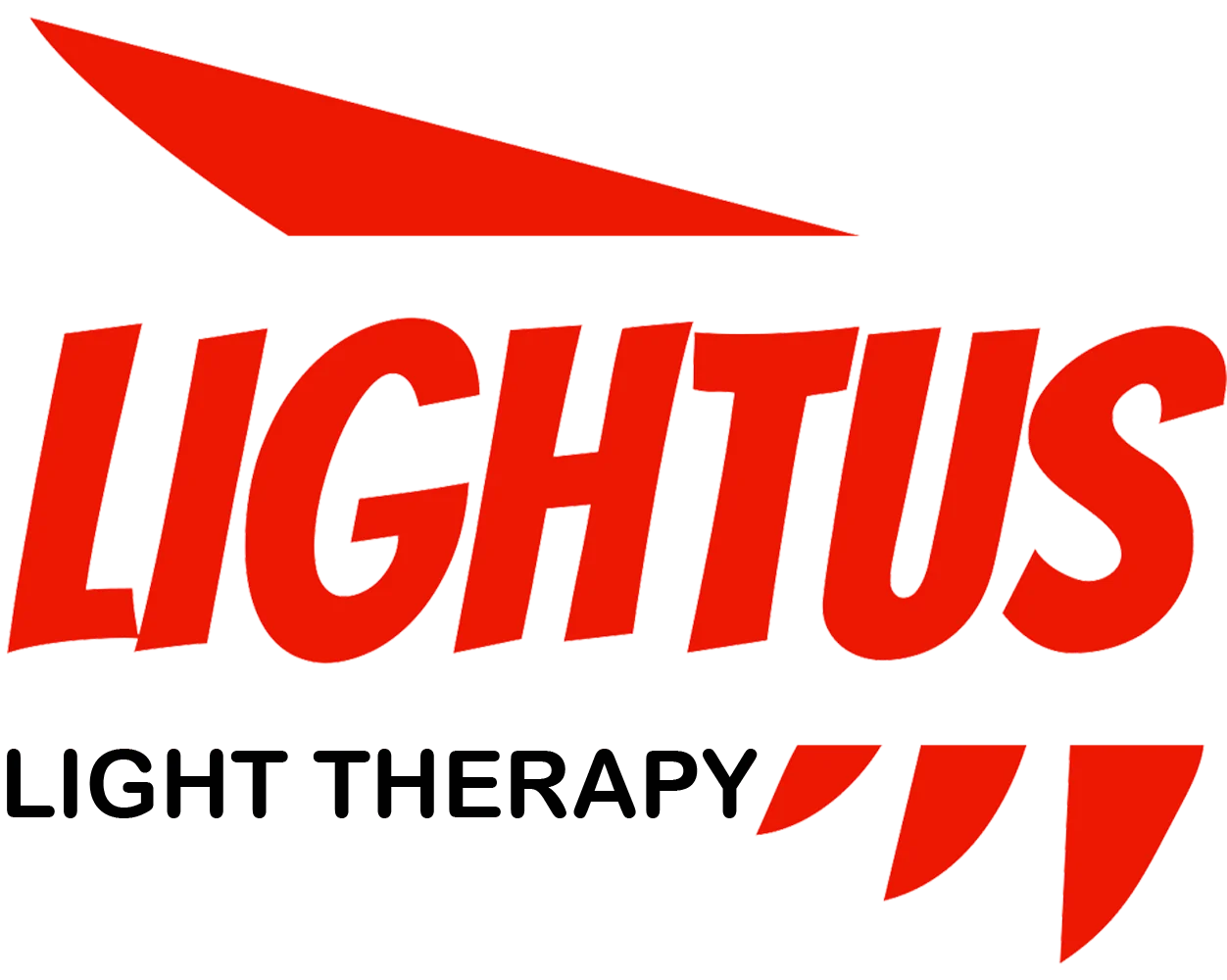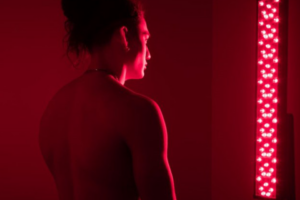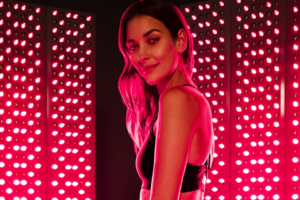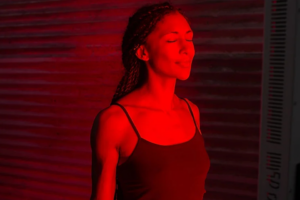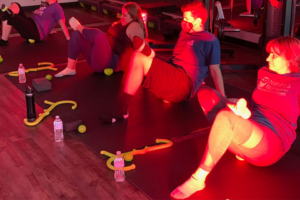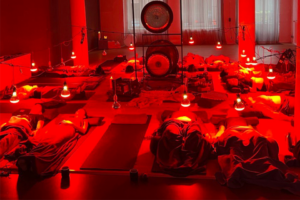How To Use Red Light Therapy At Home?

Are you curious about harnessing the healing potential of red light therapy in the comfort of your own home? You’re in the right place! This comprehensive guide will walk you through everything you need to know about using red light therapy at home, from its incredible benefits to choosing the right device for your needs. Get ready to discover how this cutting-edge technology can revolutionize your health and wellness routine.
Table of Contents
What Exactly is Red Light Therapy and How Does it Work?
Red light therapy, also known as photobiomodulation or low-level light therapy, is a non-invasive treatment that uses specific wavelengths of red and near-infrared light to stimulate cellular function. But how does it actually work?When your body is exposed to these therapeutic wavelengths, typically in the range of 630-660nm (red) and 810-850nm (near-infrared), the light penetrates your skin and is absorbed by your cells. This process triggers a series of biological reactions, including:
- Increased ATP production in mitochondria
- Enhanced cellular energy and metabolism
- Improved circulation and blood flow
- Reduced inflammation and oxidative stress
These effects can lead to a wide range of health benefits, which we’ll explore in more detail later in this article.
What Are the Top Benefits of Red Light Therapy?
Red light therapy has gained popularity for its versatile applications and impressive results. Here are some of the key benefits you can expect from regular red light therapy sessions:
- Skin rejuvenation and anti-aging effects
- Improved wound healing and tissue repair
- Reduced inflammation and pain relief
- Enhanced muscle recovery and athletic performance
- Boosted hair growth and thickness
- Improved sleep quality and circadian rhythm regulation
- Mood enhancement and potential relief from seasonal affective disorder (SAD)
It’s important to note that while many of these benefits are supported by scientific research, individual results may vary. Consistency and proper use of red light therapy devices are key to achieving optimal results.
Is Red Light Therapy Safe for At-Home Use?
One of the most common questions about red light therapy is whether it’s safe to use at home. The good news is that red light therapy is generally considered very safe when used correctly. Unlike UV light, red and near-infrared light do not damage skin cells or increase the risk of skin cancer.However, there are a few precautions to keep in mind:
- Always follow the manufacturer’s instructions for your specific device
- Protect your eyes by wearing appropriate eye protection during treatments
- Start with shorter sessions and gradually increase duration as recommended
- Consult with your healthcare provider if you have any pre-existing medical conditions or are taking photosensitizing medications
How to Choose the Right Red Light Therapy Device for Home Use?
With so many at-home red light therapy devices available, selecting the right one can feel overwhelming. Here are some key factors to consider when making your choice:
- Treatment area: Determine whether you need a targeted device for specific areas or a larger panel for full-body treatments.
- Light wavelengths: Look for devices that offer both red (630-660nm) and near-infrared (810-850nm) wavelengths for maximum benefits.
- Power output: Check the device’s irradiance (mW/cm²) to ensure it delivers sufficient light energy.
- Treatment time: Consider how much time you’re willing to commit to daily treatments.
- Portability: Decide if you need a portable device or a stationary panel.
- Budget: Balance your needs with your budget, keeping in mind that higher-quality devices often deliver better results.
Some popular options include handheld devices, light therapy masks, and full-body panels.
What’s the Ideal Treatment Protocol for At-Home Red Light Therapy?
To get the most out of your red light therapy sessions, it’s crucial to follow a consistent treatment protocol. While specific recommendations may vary depending on your device and goals, here’s a general guideline:
- Start with 3-5 minute sessions, gradually increasing to 10-20 minutes per treatment area.
- Aim for 3-5 sessions per week, or daily for more intensive treatment.
- Position yourself 6-12 inches away from the device, or as recommended by the manufacturer.
- Expose bare skin to the light for optimal absorption.
- Be patient – it may take 4-12 weeks of consistent use to see noticeable results.
Remember, more isn’t always better. Stick to the recommended treatment times to avoid overexposure and potential diminishing returns.

Can Red Light Therapy Help with Specific Skin Concerns?
Red light therapy has shown promising results for various skin concerns. Let’s explore how it can address some common issues:
Wrinkles and Fine Lines
Red light therapy stimulates collagen production, which can help reduce the appearance of wrinkles and fine lines. Regular treatments may lead to smoother, more youthful-looking skin.
Acne and Scarring
The anti-inflammatory properties of red light therapy can help calm acne-prone skin and reduce the appearance of scars. Combined with blue light therapy, it can be particularly effective for managing acne.
Rosacea and Eczema
Red light therapy’s ability to reduce inflammation and promote healing makes it a potential treatment option for skin conditions like rosacea and eczema.For targeted facial treatments, consider using a red light therapy wand or mask designed specifically for skincare applications.
How Effective is Red Light Therapy for Hair Loss?
Hair loss can be a distressing issue for many people, but red light therapy offers a promising solution. Here’s how it works:
- Red light stimulates dormant hair follicles, encouraging new growth
- Increased blood flow to the scalp nourishes hair follicles
- Enhanced cellular energy production supports healthier, thicker hair
For best results, consider using a red light therapy cap or hat designed specifically for hair growth. Consistency is key – aim for regular treatments over several months to see noticeable improvements in hair thickness and density.
Can Red Light Therapy Aid in Pain Relief and Muscle Recovery?
Athletes and fitness enthusiasts have embraced red light therapy for its potential to enhance performance and recovery. Here’s how it can help:
- Reduces inflammation and muscle soreness after workouts
- Accelerates tissue repair and healing of minor injuries
- Improves circulation, delivering more oxygen and nutrients to muscles
- Enhances mitochondrial function, potentially boosting endurance
For targeted pain relief, consider using a red light therapy wrap or belt on specific areas of concern.
Is Red Light Therapy Safe During Pregnancy?
While red light therapy is generally considered safe, pregnant women should exercise caution and consult with their healthcare provider before starting any new treatment. Some experts recommend avoiding direct abdominal exposure during pregnancy out of an abundance of caution.However, red light therapy may offer some benefits for pregnant women, such as:
- Reducing back pain and joint discomfort
- Improving skin elasticity and reducing the appearance of stretch marks
- Potentially alleviating pregnancy-related depression and anxiety
Always prioritize safety and consult with your doctor before incorporating red light therapy into your prenatal care routine.
How Can You Incorporate Red Light Therapy into Your Daily Wellness Routine?
Making red light therapy a part of your daily wellness routine can be simple and rewarding. Here are some tips to get you started:
- Set a consistent time for your treatments, such as right after waking up or before bed.
- Combine red light therapy with other self-care practices like meditation or gentle stretching.
- Use a full-body red light therapy device for an all-over wellness boost.
- Target specific areas of concern with handheld devices or wraps.
- Track your progress and any improvements in your overall well-being.
Remember, consistency is key to experiencing the full benefits of red light therapy.
What Are the Potential Side Effects of At-Home Red Light Therapy?
While red light therapy is generally safe, it’s important to be aware of potential side effects, which are typically mild and temporary:
- Temporary eye strain if proper eye protection isn’t used
- Mild headaches in some individuals, especially when first starting treatment
- Possible skin irritation or redness, particularly in those with sensitive skin
- Potential sleep disturbances if used too close to bedtime
To minimize these risks, always follow the manufacturer’s instructions and start with shorter treatment times, gradually increasing as tolerated.
Key Takeaways: Maximizing Your At-Home Red Light Therapy Experience
To wrap up, here are the most important points to remember when using red light therapy at home:
- Choose a high-quality device that offers both red and near-infrared wavelengths
- Follow a consistent treatment protocol for best results
- Start slowly and gradually increase treatment times
- Protect your eyes during treatments
- Be patient – results may take several weeks to become noticeable
- Combine red light therapy with a healthy lifestyle for optimal benefits
- Consult with a healthcare professional if you have any concerns or pre-existing conditions
By following these guidelines, you’ll be well on your way to harnessing the power of red light therapy in the comfort of your own home. Whether you’re looking to improve your skin, boost your athletic performance, or enhance your overall well-being, red light therapy offers a safe and effective solution for a wide range of health and wellness goals.
